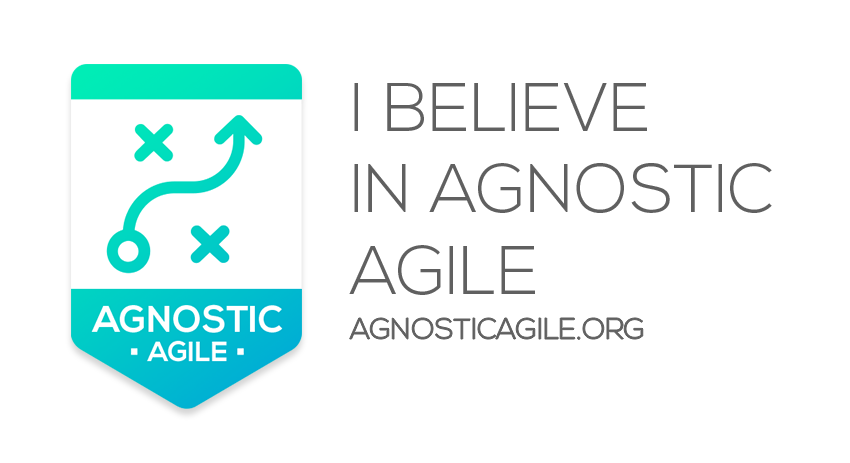Professional Agile Leadership Practice Exam
This PAL I practice exam is made up of 10 questions.
Assistance with this practice test can be found in the Scrum Guide.
You can also try the PSM I/PSPO I combined practice exam: Scrum Master – PSM I and PSPO I Exam Sample Questions
Books on Agile Leadership
Leadership Agility: Five Levels of Mastery for Anticipating and Initiating Change
Evolvagility: Growing an Agile Leadership Culture from the Inside Out
Scrum Mastery: From Good To Great Servant-Leadership



Hi Question no. 9 is wrong, first the person should discuss with the Scrum master, else this becomes habit and everyone will come to the Agile leader if they face any issues.
LikeLike
Maybe…but the quiz said go to the scrum master to remove the impediment, when the question was more vague and didn’t really mention impediments.
If an impediment existed, then the manager should have the employee consult the Scrum Master. It also isn’t the Scrum Masters job to tell them how to do their work. They are a self-organizing team.
The question is worded vaguely on purpose, and the answers are best fit. An Agile leader (or Agile manager) should be willing to help team members find answer to their questions.
The answer just might be to consult the Scrum Master.
This is why I didn’t really like the PAL I test. There were more than a few questions worded weird, and vague.
LikeLike
“Increasing costs may improve the value delivered.” That is not true
LikeLike
Why do you believe it is not true? It certainly isn’t always true, but it may be true sometimes (and it most certainly is how you answer the question on the tests).
Think about it this way, If I am building something and we decide we want to add more features. Those features are probably going to cost more. Maybe we need additional people, or we have to pay for expertise our team doesn’t have. Our hope is to improve the value of the end product that is delivered to the customer. Will it always? no, but it could.
If we ignore feature development and go for just the processing involved, adding processing time can increase costs. We typically think of increased processing time as a waste. We may over-process it. But over-processing doesn’t increase the value. These would be processes that would actually improve the value. Maybe we make cheap wood tables with low value. If we spend some more time in the process of building those tables, we could improve our quality and deliver a more valuable table to the end-user. Maybe we change how we join the wood pieces together or spend more time sanding and staining. It certainly is going to cost us more, but it would be more valuable in the end.
LikeLike
Can you explain how this is wrong?
Q.2: What is the primary benefit of an Agile approach compared to a Waterfall approach?
A: To deliver product incrementally so as to improve upon the feedback loop and the product as a result.
This is highlighted on multiple other websites as one of the main advantages of Agile. Quote: “Comparing the Waterfall methodology vs Agile which follows an incremental approach whereas the Waterfall is a sequential design process.” It literally says “incremental”. And: “It is focused client process. So, it makes sure that the client is continuously involved during every stage.”
LikeLike
It’s not wrong. That’s part of the annoyance with the PAL test. It can give you 4 right answers and you have to figure out which is more right.
Delivering a product incrementally says nothing about value or customer satisfaction. So what is the actual benefit of delivering incrementally? Maximizing value. Delivering to the customer early and often so they can begin to use what is created sooner and hopefully gain value from it.
So incrementally is the method I use, I gain feedback on it, but the benefit is that I can deliver value better and hopefully make a happier customer.
So you aren’t wrong. Another answer just takes it a step further by creating a more precise answer by telling you the hoped for outcome of using the incremental approach and the feedback loops.
(The PAL test is just as annoying, I had a very difficult time trying to mimic the level of absurdity it takes you through. That’s why there are so few questions)
LikeLike
They way I see it:
“To deliver product incrementally so as to improve upon the feedback loop and the product as a result.” is the primary benefit of Scrum. However, Scrum and Agile are not the same thing. Agile itself doesn’t mention much the incrementally delivery that has a central role in Scrum.
LikeLiked by 1 person
I feel I am constantly saying this. Scrum doesn’t define Agile.
Or when someone says “there are no project managers in Agile” – no, there are no project managers in Scrum. Scrum doesn’t define Agile.
Iterative and Incremental as a condition for Agile rules out Lean approaches and Kanban as being Agile. Now some declare Kanban as not being Agile because of that, but I tend to side with Kanban as being a continous flow Agile approach.
LikeLike